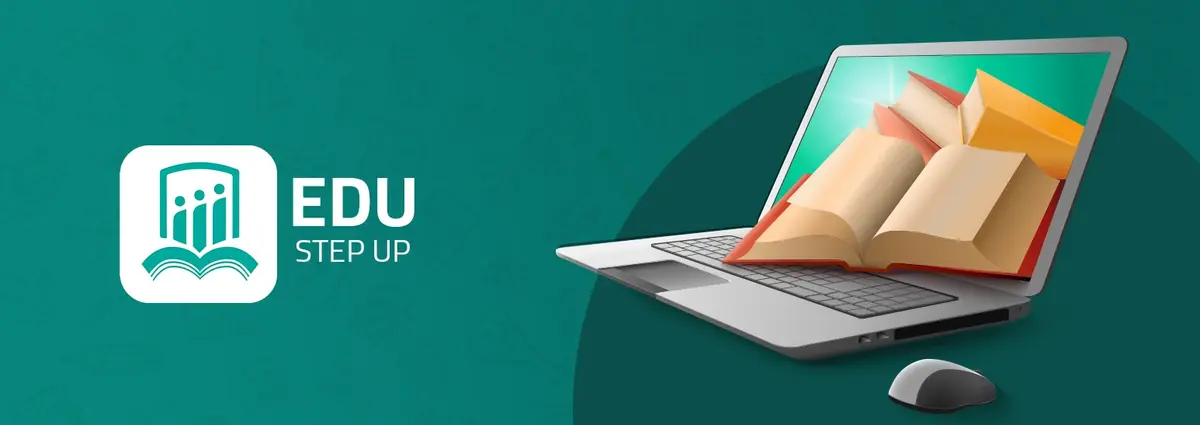
Sun 2023/04/09
Top 10 Successful practices to create effective E-learning Materials
E-learning has become an important option for individuals seeking to learn new skills or develop their existing ones. To achieve this goal, it requires the creation of effective and high-quality e-learning materials. Successful practices for this purpose include designing lessons in an easy-to-understand manner, organizing content logically and sequentially, and incorporating interactive activities and practical exercises. E-learning materials should also have a variety of different teaching aids, such as audio, images, and video. In addition, it is necessary to ensure quality teaching and effective communication with students, and to focus on continuous evaluation for development and improvement. By using these successful practices, better results can be achieved and the effectiveness of e-learning can be enhanced.
In today's global challenges, e-learning is more important than ever. E-learning allows students to study and learn at anytime from anywhere in the world, helping to improve education opportunities for all.
Modern technologies and online learning tools provide opportunities for effective and appropriate learning for all age groups and academic levels. Modern and sophisticated technologies, such as virtual reality, smart learning and experimental learning, also provide a distinctive and impressive learning experience.
Modern techniques and educational tools improve the quality of education, provide opportunities for continuous learning and develop skills for the rapidly changing labor market. Therefore, investing in e-learning is an important investment for individuals and institutions alike, helping to achieve progress and success in the current digital age.
What are e-learning best practices?
Customization of e-learning content to fit the learners' objectives, needs, and the wider structure, resources, and goals of the organization is crucial as there is no universal solution.
Nevertheless, certain established e-learning design best practices exist to guarantee that the final content is optimized for learner engagement and effectiveness, regardless of the subject matter or the creator's prior experience in course creation.
This article examines some of these e-learning best practices to demonstrate how to develop valuable e-learning content that satisfies your organization's learning requirements.
Top 10 effective e-learning best practices:
E-learning, or online learning, is becoming increasingly popular as technology advances and more people have access to the internet. However, creating effective e-learning materials can be challenging. Here are some best practices to help you create effective e-learning materials:
- Start with a clear learning objective
Before creating any e-learning materials, it is important to start with a clear learning objective. This will ensure that the materials you create align with the goals of the course and provide a clear path for the learner to follow.
- Consider Using Video as Your Primary Content Format
Video is a highly effective tool for enhancing user engagement, making it an ideal choice for those seeking to implement e-learning best practices. Compared to text-based content, video content is more captivating and has the ability to draw in viewers more easily.
By incorporating video into your content, you can make the learning experience more interactive and enjoyable for your audience. This enables learners to grasp and review the material with ease, as needed. It's important to create video content that is both interactive and captivating to hold the learners' attention and prevent distractions.
Research has shown that interesting video content can significantly improve learners' capacity to retain information. By incorporating video content, e-learning becomes more exciting and effective for learners to acquire knowledge.
- Maximizing the Effectiveness of Forums and Quizzes
The success of a course is largely determined by the level of user engagement it generates. Forums are a crucial component of any course, as they offer a platform for learners to interact and engage with one another. The number of learners participating in a forum is a reliable indicator of the course's popularity.
A forum serves as a repository of information for learners seeking to apply course concepts. When posting on a forum, it is essential to ensure that the content is compelling and attention-grabbing for the learners.
Some effective ways to engage learners on a forum include sharing current events, case studies, relevant questions, and encouraging learners to share their opinions and ideas on course topics.
In addition to forums, quizzes can also be an effective tool for assessing learners' understanding of course content. Quizzes based on course modules can help identify learners' strengths and weaknesses in a given topic, with multiple-choice questions being a reliable assessment method.
- Provide opportunities for feedback
Feedback is an important part of the learning process, and e-learning materials should provide opportunities for learners to receive feedback on their progress.
This can be done through quizzes, assessments, or opportunities for learners to submit their work for review.
- Use consistent design
E-learning materials should have a consistent design, with a clear an easy-to-use navigation. This will help learners to easily find and access the materials they need.
- Make use of gamification
Gamification can make e-learning more engaging, fun and interactive. Incorporating game elements such as points, badges, and leaderboards, can encourage learners to complete the course and increase their retention of the material.
- Make use of adaptive learning
Adaptive learning is teaching method that adjust the learning experience based on the learner’s progress and level of understanding. By using adaptive learning techniques, the e-learning materials can be tailored to the individual needs and preferences of each learner.
- Incorporate social learning
Social learning allows learners to connect and collaborate with their peers. This can be achieved through discussion boards, forums and other online tools. Social learning helps learners to share their knowledge and experiences, which can lead to a more effective and efficient learning process.
- Provide support
E-learning can be challenging for some learners, especially those who are not comfortable with technology. It’s important to provide support for these learners, through a help desk, a FAQ section, or an online tutorial.
- Evaluate and improve
The final step, in creating effective e-learning materials is to evaluate and improve them. This can be done by gathering feedback from learners, analyzing the data from assessments, and making any necessary changes to the materials.
Creating effective e-learning materials requires a lot of planning and effort, but by following these best practices, you can create materials that are engaging. Interactive, and effective for learners of all levels.
Read also:
The future of education : How E-learning is changing the classroom
With the growing demand for eLearning among learners, it becomes imperative to know the above tips for achieving superior results. So, get smarter and implement these tips to create eLearning courses that can benefit learners for a successful career.
Leave Comment






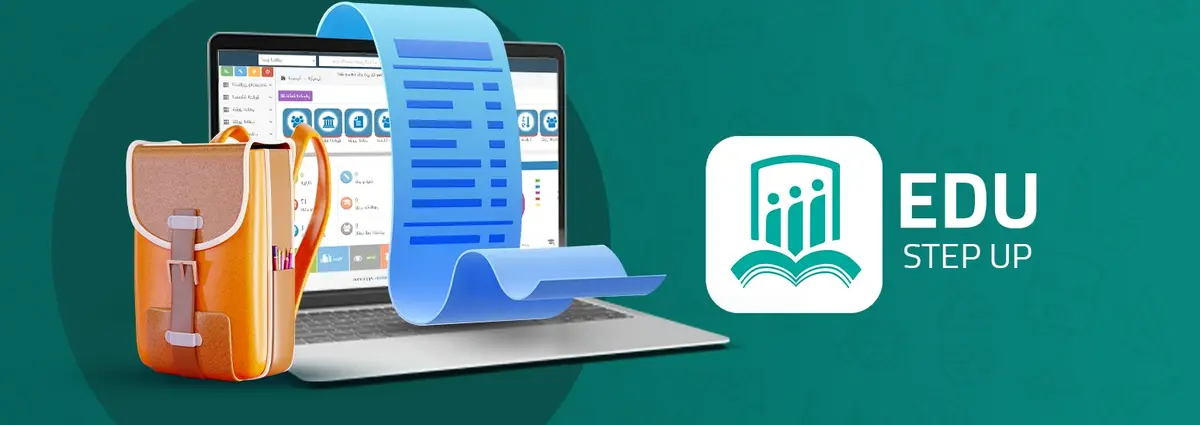



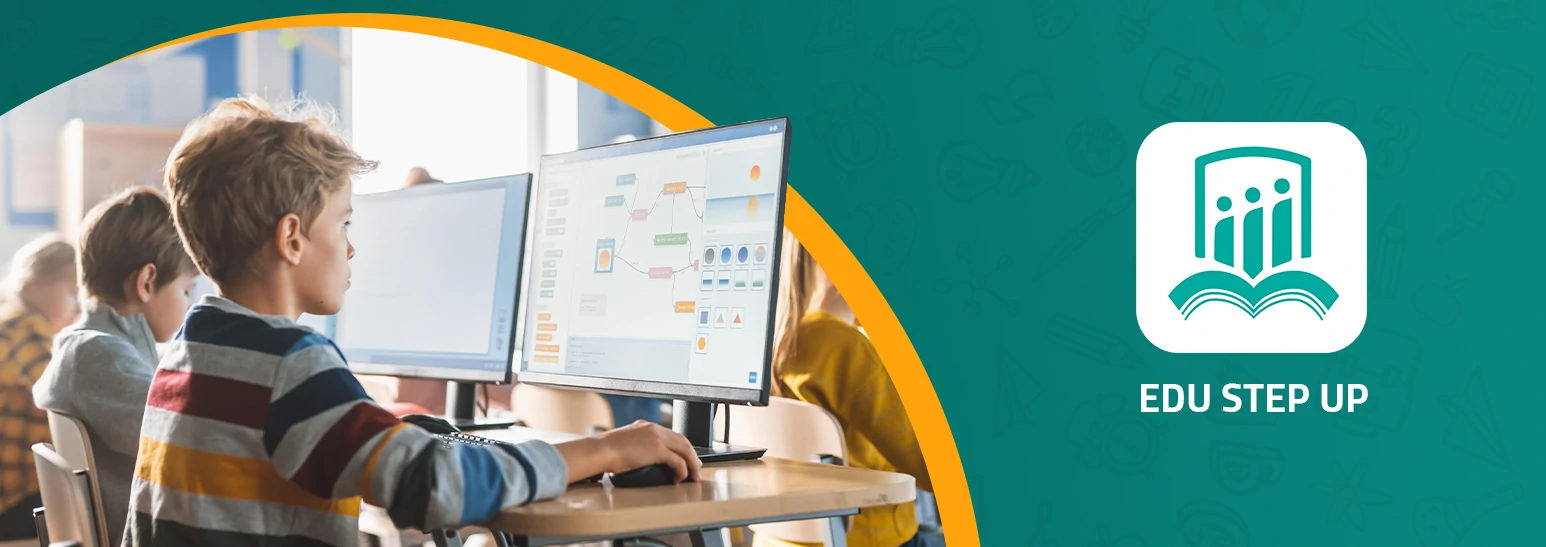
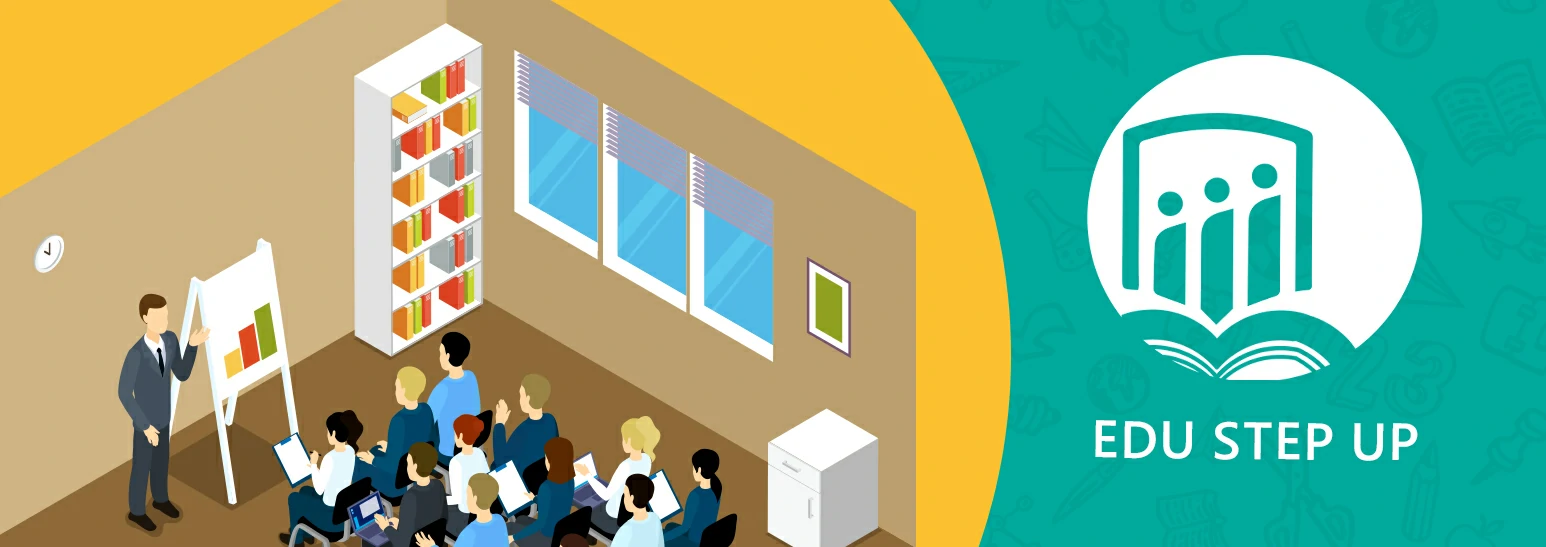


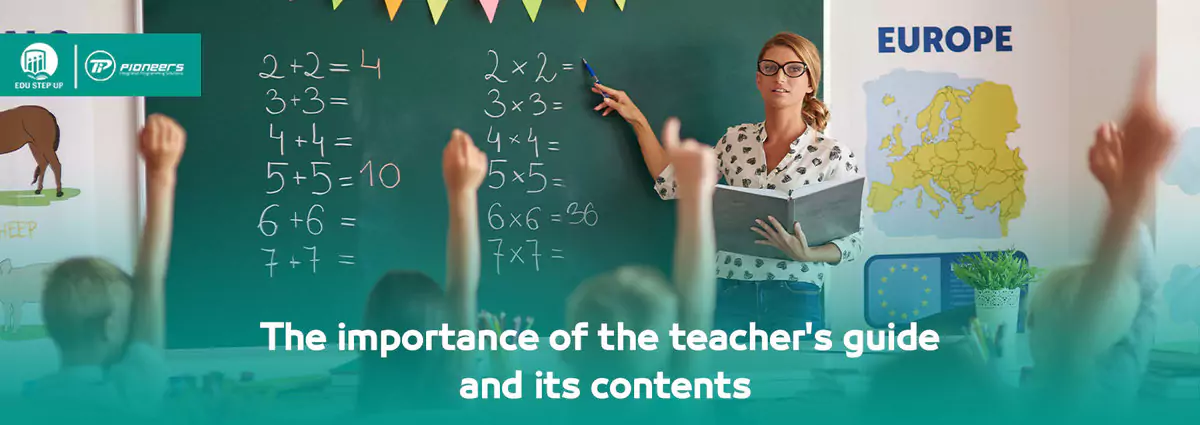
Comments